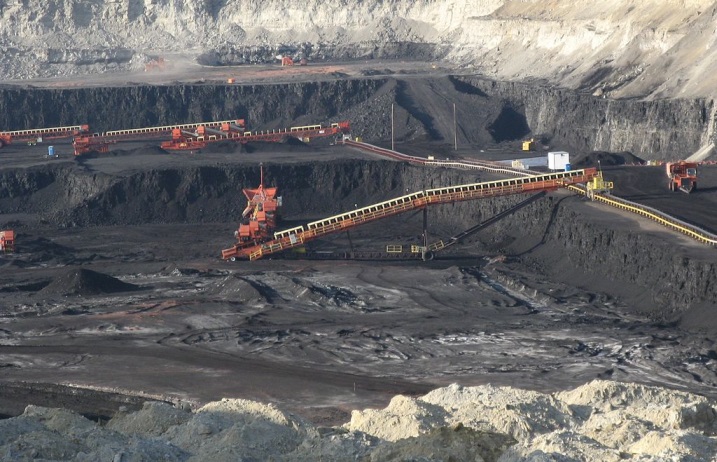This post was co-authored by the Sabin Center’s Romany Webb and Noha Haggag and Michael Panfil of Environmental Defense Fund.
Columbia Law School’s Sabin Center for Climate Change Law, Environmental Defense Fund (EDF), and the Initiative on Climate Risk and Resilience Law today released an Electric Resilience Toolkit to support policymakers and stakeholders working on issues around electric sector regulation and climate resilience planning. Such planning is essential to ensure electricity infrastructure is designed and operated in a way that accounts for the impacts of climate change—impacts that are already being felt and which will only intensify in coming years.
Climate change amplified heat waves, wildfires, storms, and other extreme events pose major risks to electricity generation, transmission, and distribution assets across the United States. Just last weekend, extreme high temperatures in Texas caused electricity distribution infrastructure in the Dallas-Fort Worth area to fail, leaving approximately 1,000 homes and businesses without power. Many more Texans experienced power outages last year, when extreme cold temperatures associated with Winter Storm Uri forced many electricity generating plants to shut-down, resulting in a tragedy that should not have happened. Also last year, Hurricane Ida caused extensive damage to transmission lines in Louisiana, leading to widespread outages. And, the year before, California saw multiple days of rolling blackouts when a combination of high heat, drought, and wildfires led to a reduction in electricity generation and the loss of major transmission lines.
As these examples demonstrate, the more frequent and severe extreme weather events brought by climate change are already stressing the electricity system. In addition to extreme weather, electric utilities and system operators must also prepare for shifts in baseline weather and environmental conditions, such as higher average temperatures and sea levels, when planning and operating the electric grid. For example, as a result of sea level rise, coastal communities now see twice as many high tide flooding days as they did 20 years ago. The National Oceanic Atmospheric Administration (NOAA) estimates that the frequency of “major” high tide flooding events—i.e., when coastal water levels exceed four feet above the mean high water level—will increase by 400% between 2020 and 2050. That could have major implications for coastal energy facilities, with past studies identifying almost 300 such facilities that are within four feet of ordinary high tide levels.
To prepare for the risks posed by climate change, electric utilities must engage in climate resilience planning, a two-stage process through which utilities (1) identify climate-related vulnerabilities within their systems and (2) explore options to reduce and manage these vulnerabilities in a manner consistent with lowering greenhouse gas emissions and avoiding maladaptive actions that exacerbate the climate crisis. Such planning has been endorsed by the U.S. Department of Energy and others, but is not yet common practice among utilities. Relatively few utilities have engaged in comprehensive climate resilience planning, with many citing the uncertainties inherent in climate change and the challenges associated with studying it as reasons not to act. Where climate resilience planning has occurred, utilities have often focused solely or primarily on event-based climate impacts (e.g., storms) and ignored more gradual changes (e.g., temperature and sea level rise), considered climate impacts on only a sub-set of their assets rather than the system as a whole, or assessed asset vulnerabilities based only on historic weather data that does not fully account for future climate change.
The Electric Resilience Toolkit is designed to provide engagement-focused information, for use directly in regulatory proceedings to support well-designed climate resilience planning by electric utilities.
The toolkit is divided into four sections. The first identifies how the impacts of climate change (e.g. extreme heat, rising seas, etc.) could impact electricity infrastructure. The second explains the climate resilience planning process. The third organizes key scientific data and tools that can be used in climate resilience planning. The fourth describes several legal bases for state utility commissions to require robust climate resilience planning and highlights key legal risks to utilities if they fail to engage in such planning.
Each section of the toolkit includes a compendium of resources, such as resilience planning guides, modeling tools, sample regulatory filings, and state utility commission orders relating to climate resilience planning.
The toolkit complements sections one through three of the report, Climate Risk in the Electricity Sector: Legal Obligations to Advance Climate Resilience Planning by Electric Utilities, jointly issued by EDF and the Sabin Center for Climate Change Law in December 2020 and published by the Environmental Law Review in 2021.
You can access the toolkit here.
This is test biographical description.



